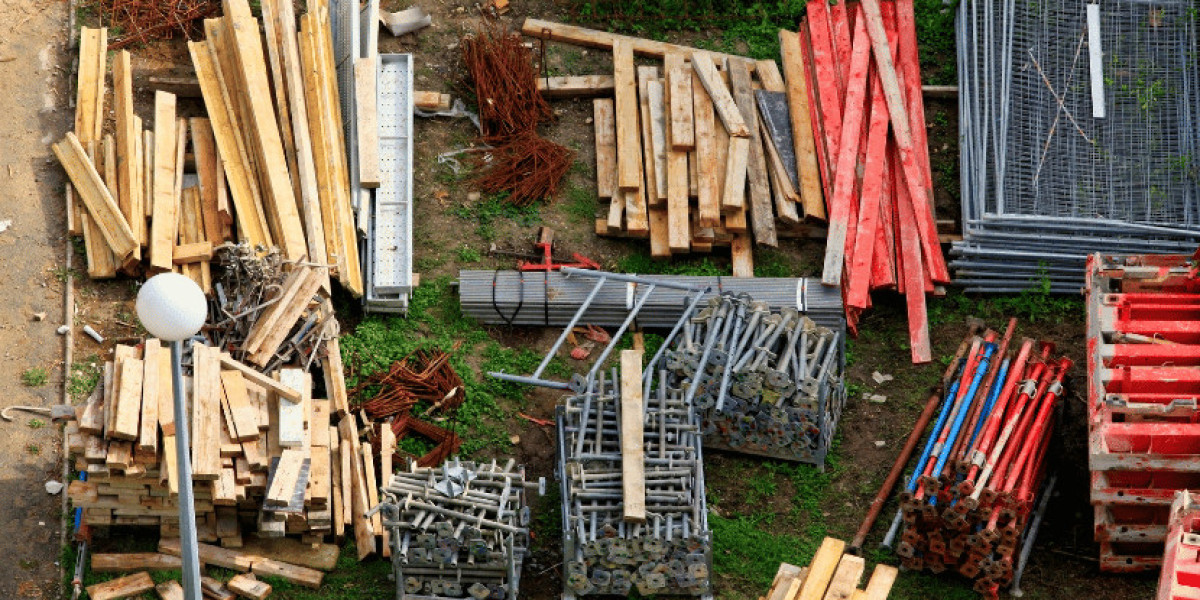The Evolution of Construction Materials: Insights from Industry Leaders
The construction industry is undergoing a transformative shift, driven by innovation, sustainability, and technological advancements. From age-old materials to futuristic composites, heres a curated guide to construction materials, drawing insights from leading industry sources.
In Guatemala, the selection of construction materials is deeply influenced by the country's diverse geography, climate, and cultural heritage. Traditional materials like adobe and bamboo coexist with modern options such as concrete blocks, each offering unique benefits and challenges.
Traditional Materials: The Backbone of Construction
Concrete remains the most widely used material globally due to its versatility and cost-effectiveness. Reinforced with steel, it forms the foundation of skyscrapers, bridges, and residential projects. Modern variants like lightweight and waterproof concrete cater to specialized needs, while its ability to be molded into any shape ensures its dominance .
Steel, prized for its high strength-to-weight ratio, revolutionized vertical construction. Its applications range from structural frameworks to roofing and utilities. However, its susceptibility to corrosion and high-temperature degradation necessitates careful engineering .
Wood, one of the oldest materials, offers sustainability and flexibility. Cross-laminated timber (CLT), an engineered wood product, is gaining traction for its strength and eco-friendliness, enabling faster construction and reduced waste .
Stone and brick/masonry are timeless choices for durability and aesthetics. While stones weight and poor insulation limit its use, modern masonryreinforced with steelprovides fire resistance and cost efficiency for load-bearing walls .
Sustainable Materials: Building a Greener Future
The push for eco-conscious construction has spotlighted materials like hempcrete (a hemp-based composite), which sequesters carbon and offers superior insulation . Salvaged materials, such as reclaimed wood or recycled steel, reduce landfill waste and lower carbon footprints, as highlighted by Wild Abundance .
Bamboo is emerging as a renewable alternative to steel and timber, with a strength-to-weight ratio rivaling traditional materials. Its rapid growth cycle makes it ideal for sustainable projects . Cob and strawbale, natural materials made from clay, sand, and straw, provide thermal mass and insulation, reducing reliance on artificial heating and cooling .
Advanced Innovations: Smart and Self-Healing Solutions
Self-healing concrete, embedded with bacteria or chemical agents, autonomously repairs cracks, extending structural lifespan and reducing maintenance costs. Trials by TU Delft showcase its potential for resilient infrastructure .
3D-printed graphene is revolutionizing concrete reinforcement. This lightweight, ultra-strong material enhances durability and is being tested in infrastructure projects like railways . Transparent aluminum, a ceramic alloy, offers bulletproof clarity and durability, poised to replace glass in high-security or underwater applications .
Phase-change materials (PCMs) regulate indoor temperatures by absorbing and releasing thermal energy, slashing energy consumption in buildings .
Future Trends: Modular and Carbon-Negative Solutions
Modular construction, using prefabricated components, reduces waste and accelerates timelines. Innovations like 3D-printed building parts enable complex designs and cost-effective housing solutions .
Carbon-negative concrete, incorporating biochar or carbon-capturing processes, offsets emissions during production. This aligns with global efforts to combat climate change . Mycelium-based materials, derived from fungal roots, are biodegradable and lightweight, ideal for temporary structures or insulation .
Transparent solar panels integrated into windows and facades allow buildings to generate energy without compromising aestheticsa breakthrough for net-zero architecture .
Sourcing and Management: Navigating Modern Challenges
Effective material management is critical. Platforms like Home Depot and Lowes dominate online sourcing, offering convenience and bulk delivery . Software tools like Buildertrend streamline inventory tracking, procurement, and rebate management, mitigating supply chain disruptions .
The construction landscape is evolving rapidly, blending tradition with innovation. While concrete and steel remain staples, sustainable alternatives like hempcrete and advanced solutions like self-healing materials are reshaping the industry. Builders and architects must balance cost, durability, and environmental impact to meet 2025s demands. By leveraging insights from Autodesk, Wild Abundance, and CMS Material Solutions, stakeholders can adopt materials that are not only functional but also future-proof .







